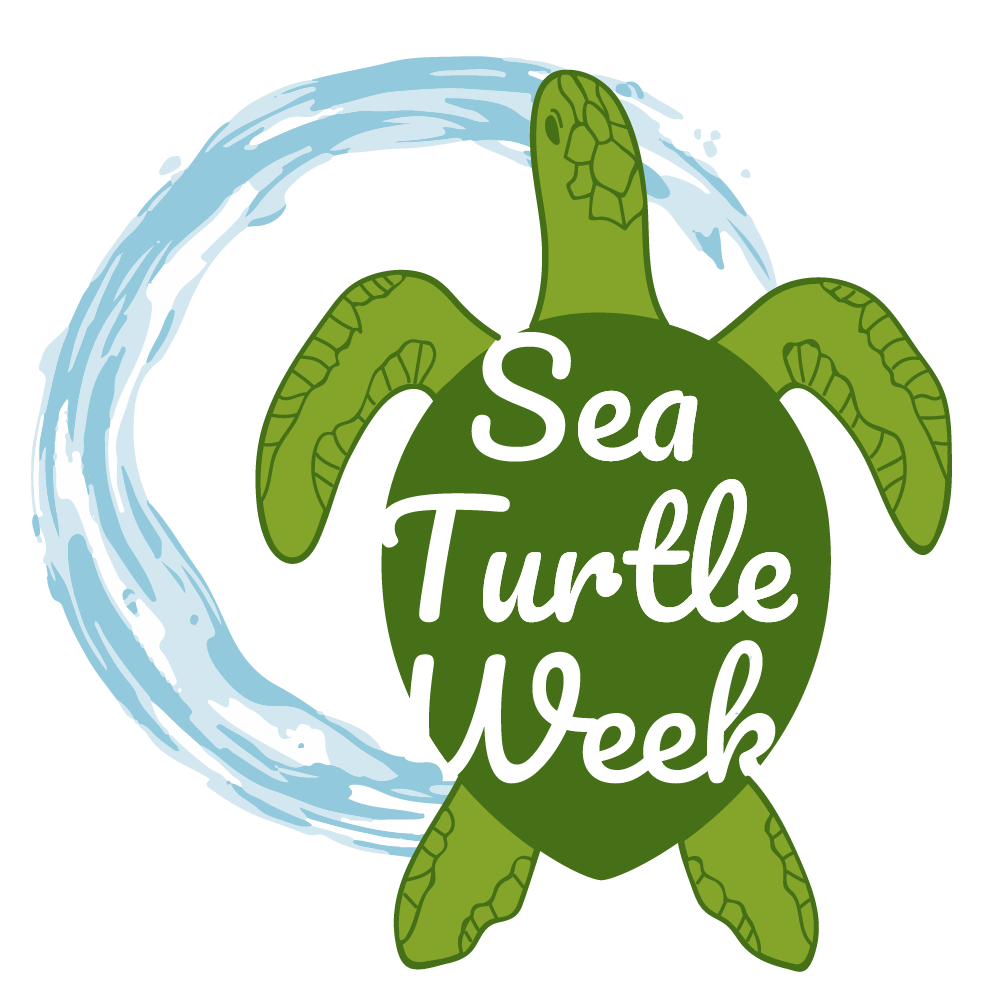June 9th - Flatback Sea Turtle Day
Scientific Name: Natator depressus
Size: ~3.0 feet (0.9 meters)
Weight: 200 pounds (90 kg)
Diet: Jellyfish, sea cucumbers, soft corals
IUCN Status: Listed as Data Deficient, Population Trend: Unspecified / Australian Government - listed as Vulnerable
FUN FACT
Flatbacks are preyed upon by Saltwater crocodiles, the largest reptile on earth. Adult females have been observed being attacked by crocs while attempting to nest.
BEHAVIOR
The flatback does not have an oceanic phase or undertake long, open ocean migrations like other sea turtles, and are usually found in waters less than 200 feet in depth, in soft-bottomed habitats.
LIFESPAN
Despite its small range and non-migratory behavior, until now this has been the least studied of the sea turtle species, perhaps due in part to the remoteness of much of their habitat.
REPRODUCTION
Breeding and nesting occur in Australia only with the largest concentration of females nesting on Crab Island in the NE Gulf of Carpentaria in Queensland. Nesting beaches are primarily distributed from East to West across Queensland, the Northern Territory, and Western Australia. They’ll nest 4 times per season and lay about 50 eggs per nest. Eggs incubate for roughly 2 months before hatching.
DISTRIBUTION
The flatback has the smallest geographic range of the seven sea turtle species. Their distribution is restricted to tropical regions of the continental shelf and coastal waters of Northern Australia, the Indonesian archipelago, and the Papua New Guinea coast.
World map providing approximate representation of the Flatback turtle’s range - Nanyang Technological University
MAJOR THREATS
Threats to this species include direct harvest for meat and eggs, entanglement in fishing gear, destruction of nesting beaches from coastal development, pollution, and destruction of feeding habitat (coral reefs and shallow nearshore areas). Dingos and foxes once posed a significant threat to their nests but thanks to predator control programs, this threat has been greatly reduced. Nests and hatchlings however are preyed upon by the Sand Monitor lizard, birds-including Night Herons and Pelicans, and feral pigs. In some areas, feral pigs consume almost all of their nests.
VIDEOS
Banner Photo: Catherine Bell



